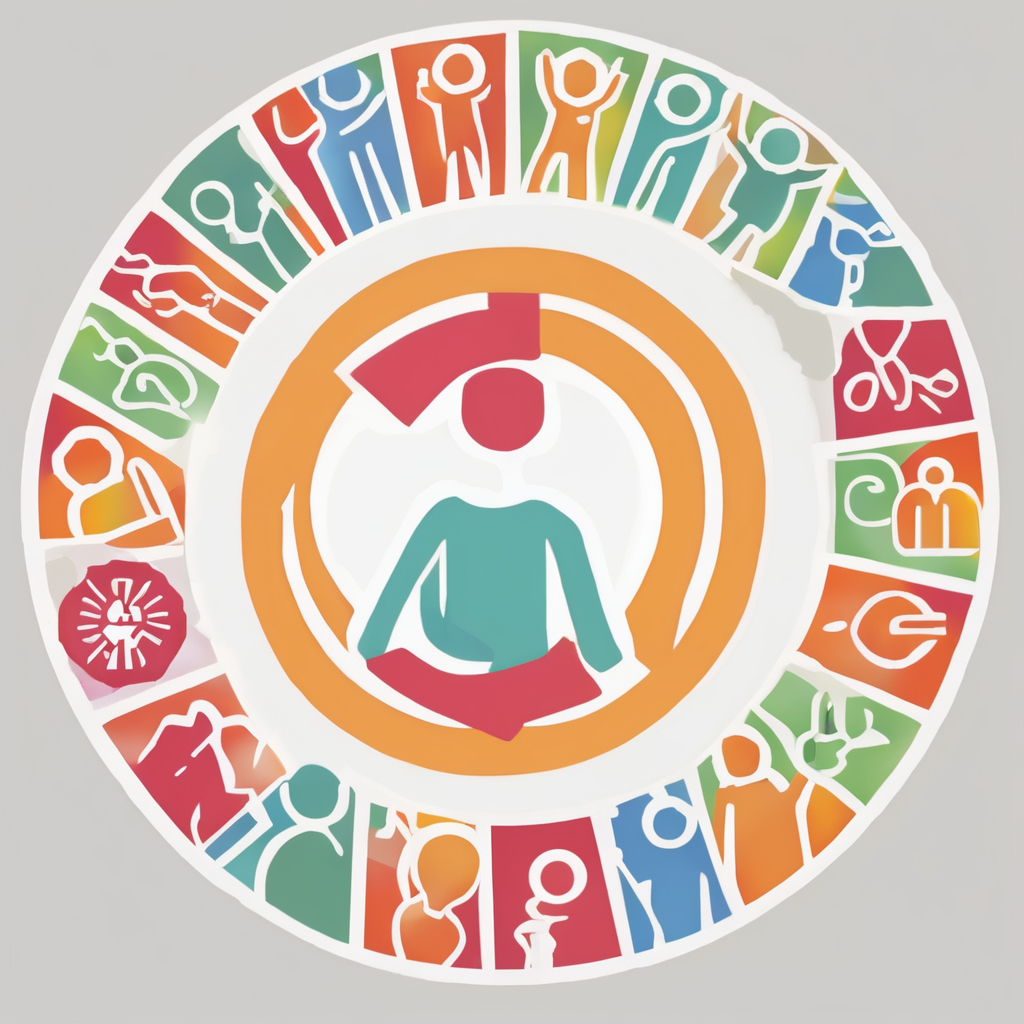Understanding the Importance of Active Living for Seniors
Active living greatly benefits seniors’ health, offering both physical and mental perks. Regular physical activity enhances overall well-being, reducing the risk of chronic illnesses such as heart disease and arthritis. For homebound seniors, staying active can be as simple as doing basic exercises or engaging in light physical tasks.
The relationship between physical activity and mental well-being is significant in the elderly. Regular movement releases endorphins, improving mood and reducing symptoms of depression. Engaging in physical activities can help mitigate cognitive decline, improving memory and mental alertness.
Also to read : Essential estate planning tips for seniors: safeguarding your loved ones” future
However, inactivity poses considerable risks. Statistics reveal that seniors who maintain an active lifestyle are generally healthier and live longer than those who remain sedentary. Prolonged inactivity can lead to loss of muscle strength and increased risk of falls, severely affecting quality of life.
Therefore, promoting active living safeguards seniors’ health, both physically and mentally. Encouraging even modest activity levels can contribute significantly to extending lifespan and improving mental well-being, allowing seniors to enjoy more fulfilling and independent lives.
Also read : Enhancing Senior Sleep: Discover Tranquil Rest with Mindful Breathing Techniques for Insomnia Solutions
Creative Family Tactics to Promote Physical Activity
Family engagement plays a crucial role in encouraging physical activities for seniors.*
Fun and Engaging Indoor Exercises
- Simple stretching routines are effective as they require minimal space and equipment. These can serve as basic mobility exercises tailored for various abilities.
- Chair exercises are particularly beneficial for seniors with limited movement. They focus on enhancing flexibility and strength while being gentle on the joints.
- Dance activities, especially those that involve music, can turn exercise into a fun, social event. They help improve coordination and offer cardiovascular benefits.
Incorporating Technology for Active Living
Utilising technology creatively can make active living more engaging. Many apps provide exercise plans designed specifically for seniors, promoting regular participation.
- Virtual classes offer a platform for guided sessions, which can be followed at one’s convenience. There’s a wide range available, including mobility exercises, yoga, and Pilates.
- Hosting virtual fitness challenges with family members can motivate seniors to stay active. It’s an interactive way to nurture family bonds while focusing on health.
These tactics not only enhance seniors’ physical health but also foster emotional connection and mental stimulation through active participation.
Outdoor Activities for Safe Engagement
Encouraging seniors to participate in outdoor activities is crucial for both their physical and mental well-being. Engaging outdoors offers a refreshing change of environment and promotes a sense of freedom and vitality. A gentle exercise like gardening provides a calm yet productive way to stay active. It enhances motor skills, encourages creativity, and serves as a wonderful opportunity to interact with nature. For those with limited space, container planting can be an excellent alternative.
Short walks with family members offer both exercise and a chance for meaningful conversation. Walking is a low-impact activity that’s easy on the joints while providing cardiovascular benefits. Seniors can enjoy the fresh air and sunshine, essential for vitamin D intake, while discussing their day, fostering stronger family connections in the process.
Creating a safe outdoor space is equally important. This space should encourage relaxation and light exercise, ensuring elements like safe walkways and comfortable seating are included. By tailoring outdoor areas to meet unique needs, seniors can enjoy a secure, calming environment that supports active living and enhances seniors’ health.
Encouraging Mental Engagement and Social Interaction
Promoting mental engagement and strengthening family connections are essential for enhancing the quality of life for seniors. Interactive games like board games and puzzles not only provide entertainment but also stimulate cognitive function. These activities improve memory, problem-solving skills, and offer a much-needed mental challenge. Engaging in creative hobbies such as crafting or painting can evoke enjoyment and expressiveness, delivering a sense of accomplishment.
Interactive Games and Hobbies
Technology offers innovative solutions for social interaction; organising online game nights with family members can keep seniors socially engaged while honing their digital skills. Virtual setups enable them to partake in family activities without leaving home, providing a sense of belonging and familial connection. Setting up a schedule for regular family visits or video calls helps maintain emotional bonds and mental well-being. Meaningful conversations during these interactions can create joyous moments, further strengthening family ties.
Incorporating activities like discussing interesting topics, sharing family stories, or partaking in joint virtual activities can uplift spirits and enhance social activities among seniors. A routine of such interactions plays a pivotal role in sustaining mental health, infusing joy and stability into seniors’ lives.
